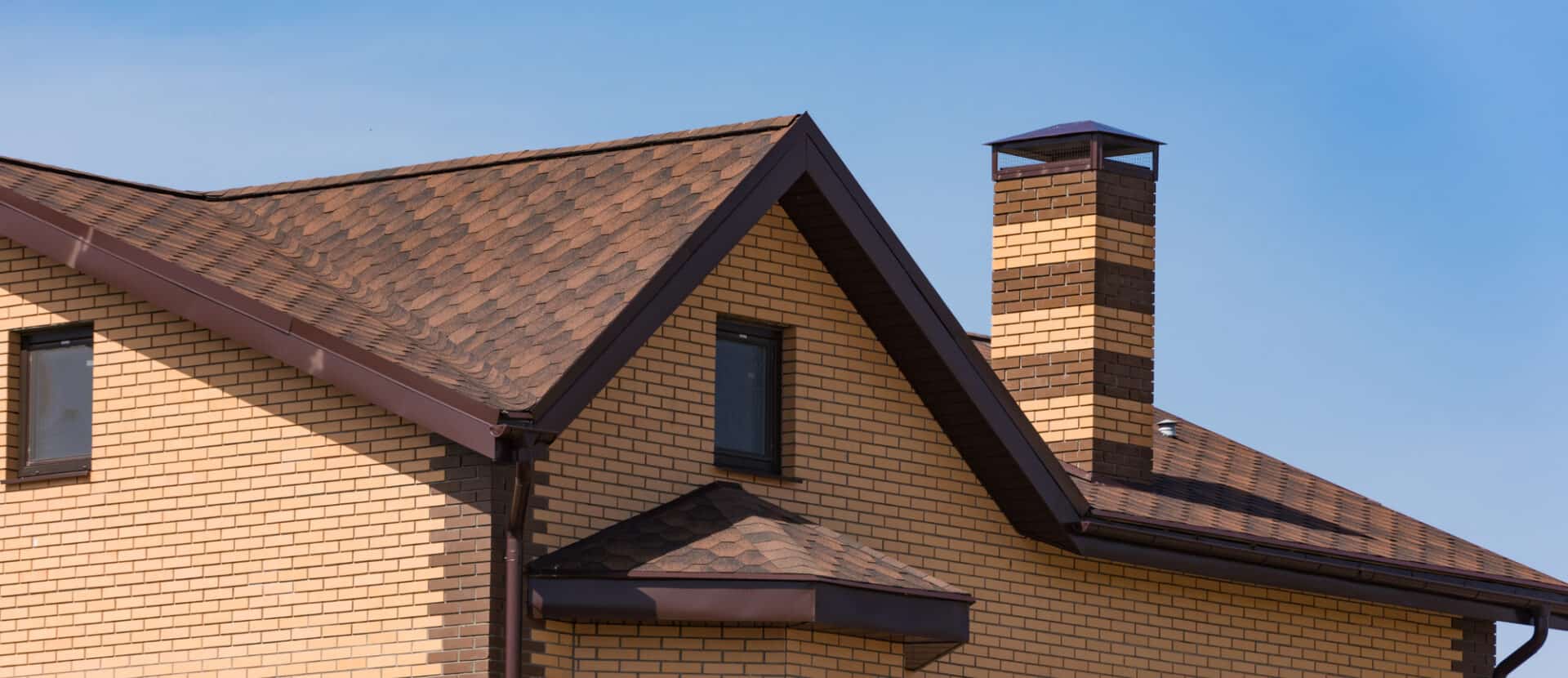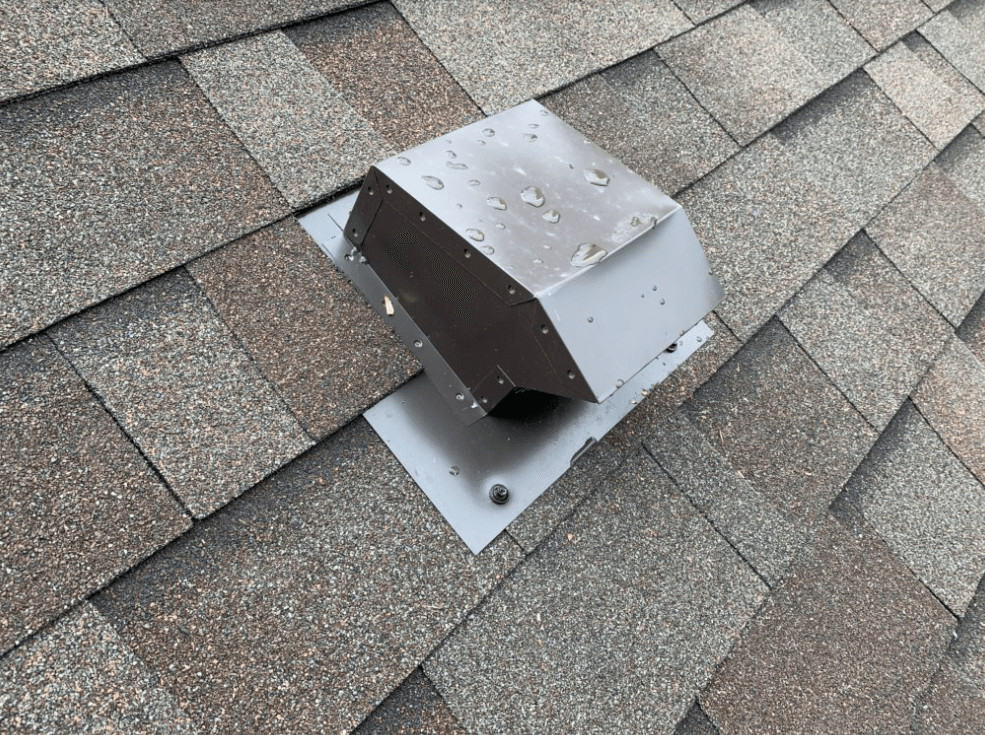The roof over your head is the main thing that keeps the weather out of your home. It’s easy to take it for granted and never think about what your roof actually is. But then you have a problem and all of a sudden it’s on the top of your mind. Which brings up the question…How does my roof keep the water out? How does it work?
The way your roof keeps water out is by systems of redundancy. There are many different systems that make up a roof and each one has a back up, just in case the first one fails. In order to make sure your roof won’t have problems in the future, when you get it replaced you must make sure your contractor installs each system the right way, using the right materials.
Since all the systems in a roof work together to keep the weather out of your home, they must be properly in place. Just one small flaw in the system can make your roof leak, even if it’s brand new.
Here are the systems on your roof and what you need to know about each of them:
Underlayments
This is also called felt paper and is the first thing to be installed on a roof. It goes right over the plywood. There are two types of underlayments: ice & water shield and regular felt paper (or even better, synthetic felt). Ice shield must be installed in all the areas that are potential leak threats. It forms the back-up protection that will keep water out should the top layer fail. These are places like the eaves, valleys, side walls, chimneys, skylights, and around pipe flashings. Then regular felt paper or synthetic underlayment should be installed everywhere else.
Flashings
Flashings are all the areas of the roof where shingles meet something else. Such as a wall, a pipe, a chimney, or a skylight. Since these spots on a roof are the most common areas we see leak, it is critical these are installed right. Things like installing one piece of step flashing and using metal flashings around pipes are very important. Drip edge metal that goes around the perimeter of the roof is also part of the flashing system.
Shingle
This is the top layer of the roof that you can see – the thing most people think of when you mention a roof. The shingles are what give the roof it’s color and looks. Along with the shingles you see there are 2 other types too: starter and ridge cap. The starter goes along the perimeter of the roof (underneath) to help keep water out at all the edges. The ridge cap goes along the peaks and hips of a roof to cover the lines where different sides of a roof meet.
Ventilation
The ventilation system is probably the least appreciated and the most commonly overlooked system of a roof. However, it is critical that the ventilation is working as it should to prevent problems from cropping up in the near future. A lack of ventilation will cause heat and moisture to build up in your attic – damaging plywood, making mold grow, and shortening the lifespan of the shingles.
The Roof System
As you can see the roof over your head is more than just shingles, it’s several different parts that all work together. Here’s a couple examples of how the systems back each other up:
Valleys are the troughs in the roof where two sides meet and all the water gathers together as it runs down the roof. If someone steps in the valley or there is damage in some way Since there is so much water flowing in these areas it’s critical to get them right. The best way to ensure a valley doesn’t leak is to lay 3 layers in every valley – first, a layer of ice & water shield; second, a layer of galvanized metal; third, the shingles over top of it all. This will make them nice and strong and guarantee you don’t have any problems.
Because wall flashings & chimney flashings are the most common areas we see leaks these must be installed with care. To make sure there are no leaks behind your flashings, a layer of ice & water shield should be installed first, and in such a way that will prevent water from getting into the home with that alone. Then the metal flashings installed over top, so if there’s ever a problem with one system, the other will back it up and keep water out.
Call Today For a Quote
If you’re in the Post Falls area, contact us today for a quote. The experts at New Heights Roofing will give you a fair estimate for the work.




